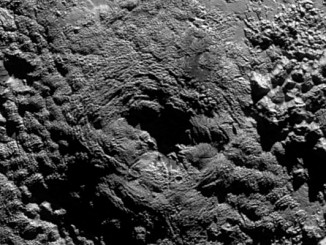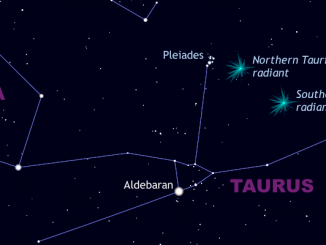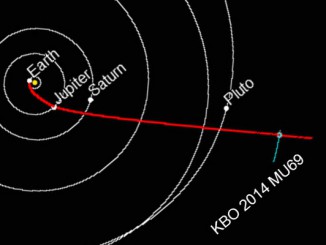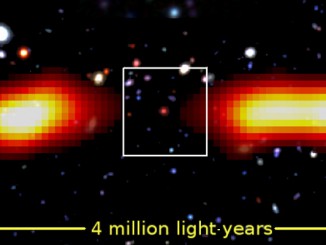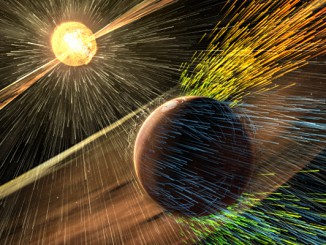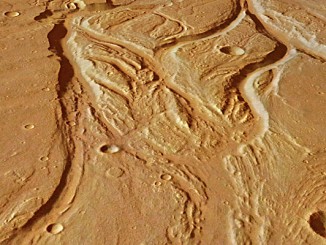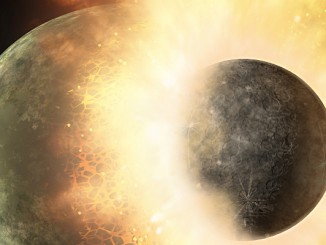
Scientists explain why Moon rocks contain fewer volatiles than Earth’s
Astronomers believe that the Earth-Moon system was created in a giant impact 4.5 billion years ago. Southwest Research Institute scientists combined dynamical, thermal, and chemical models of the Moon’s formation to explain the relative lack of volatile elements like potassium, sodium, and zinc in lunar rocks, when compared to those of Earth.

